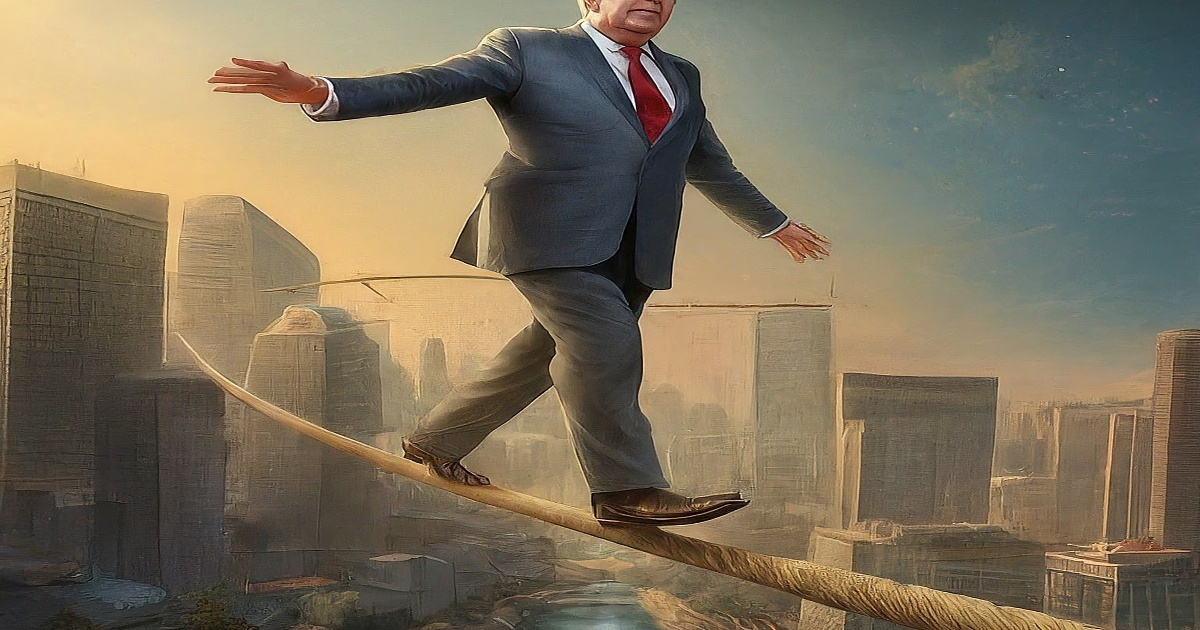The Coalition's Selective Interest Rate Narrative
The Coalition has been selectively highlighting interest rate rises under the current Labor government, conveniently omitting the initial increase that occurred under their own leadership. This tactic aims to paint Labor in a negative light, despite the fact that interest rates have risen globally due to economic factors beyond any single government's control.
While the Coalition focuses on the 12 rate hikes under Labor, they conveniently forget the first increase that took place in May 2022, while they were still in power. This initial rise was particularly challenging for the then-government, as it came just weeks before the election.
Regardless of who won that election, the path of rising interest rates had already been set. Over the following 18 months, 12 further increases squeezed household budgets. This pressure continued for another 15 months, until the recent decision to cut rates for the first time since 2020.
This rate cut, while unintentional, bookends the electoral cycle, with the RBA starting to raise rates during the last campaign and now beginning to cut them on the eve of the next one.
The Coalition privately acknowledged the difficult economic outlook in 2022, even suggesting that losing the election might not be such a bad outcome. They hoped to capitalize on public anger over rising living costs and return to government after just one term in opposition.
While this strategy hasn't been entirely unsuccessful, voters globally are expressing their frustration with rising prices and stagnant wages. Incumbent governments around the world have faced the consequences at the ballot box.
In Australia, inflation is easing, but it doesn't mean things are getting cheaper. Overcoming years of inflation outpacing wage growth will require more than just one rate cut.
The government acknowledges the need for further action but emphasizes the soft landing achieved with easing inflation without a surge in unemployment. However, effectively communicating this message to voters who are struggling will be a crucial challenge.
The Coalition, on the other hand, argues that the rate cut is too little, too late, and highlights the financial burden faced by Australians due to higher interest rates and declining living standards.
This rate cut may have kept Labor in the fight for the upcoming election, but winning the battle remains a significant challenge. The government faces a complex electoral landscape, with potential swings in key mortgage-belt areas. While the rate cut may provide some relief to voters with mortgages, it remains to be seen whether it will be enough to secure victory.







5 Comments
Comandante
“I find it frustrating how narratives deliberately blame one party for a situation that is much more complex.”
Coccinella
“It feels like the piece is designed to provoke anger, rather than provide a balanced view on economic policy.”
ZmeeLove
“Why is the focus always on politics instead of solutions? We need real economic narratives instead of insults.”
Habibi
“Selective reporting is all we see these days. The text conveniently picks and chooses facts to suit its narrative.”
Muchacha
“The text does a good job of highlighting how the rate cut was merely symbolic given the long run of rising costs.”